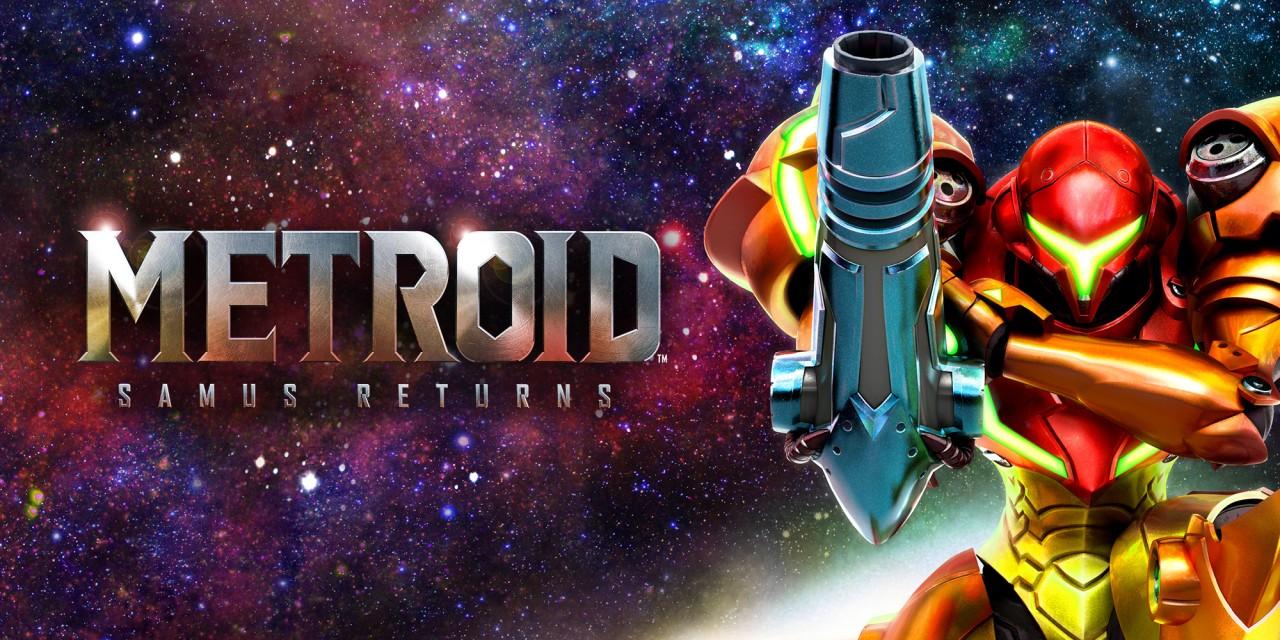Metroid: Samus Returns review: Classic Metroid given an update
Nintendo - £39.99 - Nintendo 3DS

Metroid fans have something of a tumultuous relationship with their favourite series. While there have been some real high points, such as the first person Prime trilogy, and the genre-defining Super Metroid on the SNES, in recent years Nintendo have really whiffed the franchise, with Other M and Federation Force being met with derision from most quarters. With Samus Returns being handled by third party, Mercury Steam, and not Nintendo themselves, what to expect from the game was something of a mystery. I’ve got some good news for you though. Samus Returns is a ‘proper’ Metroid game. And it’s a belter.
Samus Returns is a remake of the 1991 Gameboy game, Metroid 2. While there are some similarities, it feels very much like a new game in its own right, and doesn’t stick too rigidly to the source material. In a nutshell, Samus is sent to the Metroid’s home planet of SR388 to eliminate the jellified rascals once and for all. This means dozens of encounters with the titular aliens, in their various guises.
As you’d hope from a Metroid game, the levels are labyrinthian and vast, and while you’re bound to get lost, the game makes some concessions for this. Here, the purists might sneer slightly. Firstly, there are teleports which let you zip about the areas relatively quickly, keeping backtracking more manageable. Second is a scanning ability, that uncovers objects and paths in the immediate vicinity. Part of the appeal of Metroid has always been studiously examining every nook and cranny for secrets, so revealing them at the push of a button is bound to bother some. It’s optional though, so should you be able to resist, you don’t need to use the ability.
The combat has also seen some changes, the biggest of which is the melee counter. Samus can now take on enemies with her fists when things get frantic, which works well, most of the time. Enemies will choreograph their attacks, and dive straight at you, and if you hit the X button at the right time, you can knock them back. When you pull it off, it feels satisfying and looks cool too, but it can interrupt your combat flow, especially when you enter a new screen and something dives at you instantly. You’ll fumble a few times in those early encounters, but after a couple of hours it should become second nature. Overall it’s a welcome addition, it just takes some getting used to.
As with other classic Metroid games, you quickly amass an arsenal of weapons and abilities, all of which encourage you to go back to places you couldn’t previously get into. This has always been a highlight of the series, and it’s no different here, but while previously you would have had to have made mental notes of these areas or jotted them down, the interactive map lets you place up to ten multicoloured pins anywhere of interest - another example of the subtle modernisation of the game. You’ll be glad of those pins too. The game is huge, and while the original Metroid 2 would take around five hours to play through, Samus Returns will take at least double that, more if you want to really explore everything.
I enjoyed every second I spent exploring the sinister caverns of SR388 with Samus, and it felt great to be back along for the ride after so long. When it comes to a score, I really wanted to give Samus Returns five stars, but there’s a fly in the ointment that needs addressing, so it gets four.
That fly is Amiibo support.
In case you don’t know, an Amiibo is a figure with an nfc chip that can be used to unlock data in Nintendo games. A new difficulty mode in Samus Returns, Fusion Mode, can only be unlocked with the purchase of a new Amiibo, one which happens to be entirely sold out at the time of writing. Holding functions hostage behind limited plastic figures seems unhelpful to everyone, and while the mode it unlocks is admittedly niche and probably only for hardcore fans, I can’t give it a pass.
Metroid: Samus Returns is something of an unexpected game from Nintendo in 2017. It’s been thirteen years since the last sidescrolling game, the excellent Zero Mission (itself a remake of the original NES Metroid), and with so many misfires since, many had given up on ever seeing a traditional Metroid game again. And yet here it is. The balance of old and new feels spot on, and it should please existing fans as well as introducing new ones.
Subscribe to Independent Premium to bookmark this article
Want to bookmark your favourite articles and stories to read or reference later? Start your Independent Premium subscription today.

Join our commenting forum
Join thought-provoking conversations, follow other Independent readers and see their replies